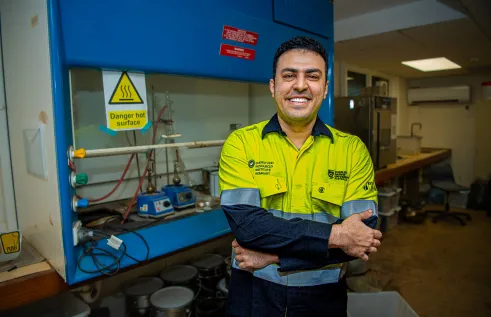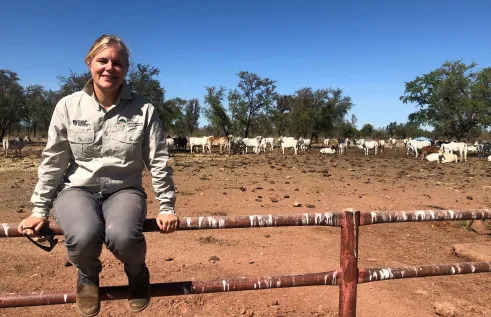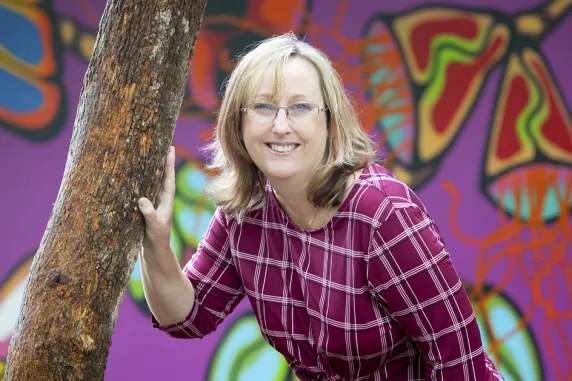news article
Research shows Indigenous Australians more likely to suffer from emotional distress
Indigenous Australians are six times more likely to experience stressful events in their lives compared to their non-Indigenous counterparts, new research from a Charles Darwin University PhD graduate has found.
Menzies School of Health Research Dr Belinda Davison undertook the 18-month study, which investigated “Chronic Stress Exposure and Emotional Wellbeing in Australian Indigenous and Non-Indigenous Young Adults”.
Dr Davison found Indigenous adults living in remote and urban areas had experienced an average of six stressful events during their lives, compared to non-Indigenous adults who suffered from just one event.
“Our Indigenous cohort whether they were in Darwin or in a remote community were much more likely to experience stressful events in their lives,” Dr Davison said.
“A high number of stressful events significantly increased their risk of emotional distress.”
Dr Davison measured the stress hormone cortisol in participants’ hair and fingernails as part of her research.
“Indigenous adults who experienced multiple stressful events had lower cortisol levels in their hair and fingernails,” she said.
“A possible explanation could be that the ongoing stress has resulted in a state of exhaustion being reached, leaving them vulnerable to emotional distress.”
Common stressful events suffered by the Northern Territory’s Indigenous population included the death of a loved one, health issues, trouble with the police, drug and alcohol issues, community unrest and violence in the community.
The study is part of a wider research project ongoing for the past 30 years, with Dr Davison involved as a project manager for the past 13 years. During this time, she has visited more than 30 remote communities across the Top End, as well as urban settings.
Dr Davison said the research, which is primarily based on biomarkers and questionnaires, was designed to identify the impact a high stress environment has on the emotional wellbeing of Indigenous Australians.
“It will help determine what factors contribute to their stress levels, health and wellbeing,” she said.
“The outcomes could inform policy makers and have a positive effect on people’s lives.”
Related Articles

Where rubber meets the road: Old tyres are key to building tougher roads
Almost half of the Northern Territory’s worn-out tyres end up in landfills – with the rest exported interstate for recycling – but a study led by Charles Darwin University (CDU) is repurposing the discarded rubber to build stronger, sustainable roads that meet the NT’s unique needs.
Read more about Where rubber meets the road: Old tyres are key to building tougher roads
Social media subjecting Black women to radicalised digital policing
Influencers use oppression, manipulation and weaponisation to police Black women on social media, according to new research uncovering the entrenched nature of digital racism.
Read more about Social media subjecting Black women to radicalised digital policing
Moo-ving the boundaries: New research evaluates virtual fences for use on NT cattle stations
Cattle producers in Northern Australia face unique challenges when adapting tools like virtual fences on their properties, but new research from Charles Darwin University (CDU) is set to break down the barriers to this technology.
Read more about Moo-ving the boundaries: New research evaluates virtual fences for use on NT cattle stations
